Commentaries
Your Present Location: Teacher_Home> Wang Wen> CommentariesWang Wen: China's De-Americanization Strategy
China's De-Americanization Strategy
As the U.S. pursues “de-risking,” China is charting its own course from reliance to autonomy.
Source: The Diplomat
By Wang Wen
Update: Oct 24, 2025
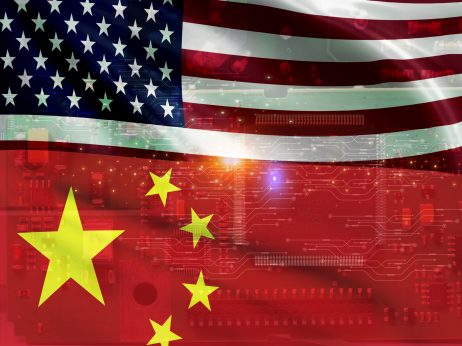 Credit: Depositphotos
Credit: Depositphotos
China is no longer waiting to see whether Washington will decouple. It is moving first ‒ and fast. While U.S. strategists still debate whether China is being isolated, Beijing has already been quietly reshaping its economic and technological foundations.
What began a decade ago as talk of “de-Americanization” has become a steady, data-backed shift toward self-reliance and global diversification.
This is not a Cold War replay or an attempt to cut ties. Instead, it reflects a broader effort by China to redefine its path of development and reduce exposure to U.S. pressure. The results are most visible in five key areas, starting with trade.
1. Trade: From Dependence to Diversification
China’s trade rebalancing is more pragmatic than political. Facing tariffs and protectionism from Washington, Beijing has built new trade routes through Asia, Europe and the Global South.
In 2018, the United States made up 19.3 percent of China’s total foreign trade. By the first eight months of 2025, that share had fallen to 9.2 percent ‒ even as China’s total trade expanded 45 percent. The numbers tell the story: China is trading more, just not as much with the U.S.
Imports and exports of specific goods are also shifting. Once, 85 percent of China’s soybeans came from the United States; today, 68 percent come from Brazil, with U.S. imports down to 22 percent. Exports of high-tech goods to the U.S. have dropped to 28 percent of China’s overall exports, while sales of high-end equipment to Regional Comprehensive Economic Partnership (RCEP) countries ‒ a trade bloc spanning Asia and the Pacific ‒ jumped to 41 percent.
Beijing isn’t cutting itself off from the U.S. market so much as ensuring it no longer depends on it. Call it China’s version of “de-risking.”
2. Science and Technology: From Follower to Contender
If Washington hoped sanctions and export controls would slow China down, the opposite seems to have happened. Since 2018, the United States has blacklisted more than 1,700 Chinese entities, aiming to block their access to advanced technologies. The result has been a surge in state-led innovation and a race to build domestic alternatives.
China now holds 42 percent of global 5G standard-essential patents, and by September 2025 it is expected to operate more than 4.6 million 5G base stations ‒ about 60 percent of the world’s total. The scale of that rollout has underpinned new industries such as the industrial internet and the Internet of Vehicles.
The same pattern is visible in artificial intelligence and frontier technologies. China accounts for 61.5 percent of global generative AI patents and its research papers in autonomous driving and quantum computing now exceed U.S. publications in citation impact.
Research and development spending reached 2.55 percent of GDP in 2024, with basic research rising to 6.8 percent of that total. That reflect China’s shift toward long-term capacity rather than fast commercial wins.
China’s trend toward technological independence is showing up in hardware, too. The Kirin 9000S chip, developed by Huawei and Semiconductor Manufacturing International Corporation ‒ China’s leading chip foundry ‒ is produced without the extreme ultraviolet lithography tools made by Dutch firm ASML, long considered indispensable for cutting-edge semiconductors.
Other milestones are visible across sectors: the Beidou satellite network now serves more than 200 countries and regions. The C919 jetliner has entered commercial service. The Fendouzhe submersible reached a depth of 10,000 meters. The Chang’e 6 lunar probe returned samples from the far side of the moon.
From drones and quantum computers to new battery systems, these examples show how China’s tech ecosystem is increasingly self-contained ‒ and determined to stay that way.
3. Finance: Diversifying Beyond the Dollar
China is seeking to reduce reliance on the U.S. dollar and build a more resilient global financial network.
Washington has used the dollar as a tool of influence through SWIFT sanctions, long-arm jurisdiction, and asset freezes, exposing the vulnerabilities of a dollar-centric system. China’s response has been methodical and gradual.
China’s Cross-Border Interbank Payment System now supports transactions in 185 countries. Renminbi (RMB)-denominated trades for liquefied natural gas at the Shanghai Oil and Gas Exchange are growing, while the Shenzhen Qianhai Joint Trading Center routinely handles offshore soybean transactions in RMB. China has signed local currency settlement agreements with more than 40 countries.
By 2023, cross-border RMB payments reached 52 trillion yuan, representing 58 percent of total cross-border flows in multiple currencies: a historic milestone that surpassed the U.S. dollar in comparable measures. In China’s trade with Russia, over 95 percent of transactions are settled in local currencies.
China is not aiming to displace the U.S. dollar. Instead, it is creating a system where the dollar remains central but is supplemented by other currencies, strengthening financial security and reducing exposure to unilateral sanctions.
4. Ideology: Building up the China Model
China is moving away from the idea that the U.S. model is the only path to development. Instead, it is cultivating its own approach to governance, knowledge, and global engagement. For decades Western theories such as democratic peace theory framed global discourse and promoted a single standard. China’s experience challenges that assumption.
China has lifted more than 100 million people out of extreme poverty over the past decade, achieving the United Nations Sustainable Development Goals 10 years ahead of schedule. In comparison, about 15 percent of the U.S. population remains uninsured and debates over health coverage have led to a government shutdown.
At home and abroad, China is promoting its governance system as an example of “whole-process people’s democracy.” Internationally China advocates multilateralism, opposing exclusive trade and security blocs.
The BRICS (Brazil, Russia, India, China and South Africa) grouping has expanded from 5 to 15 countries, the Shanghai Cooperation Organization includes states representing 40 percent of the global population and over 150 countries participate in the Belt and Road Initiative.
Through these mechanisms, China is shifting from a recipient of U.S.-led global rules to an active participant in shaping new governance structures.
Its strategy is not anti-Americanism. Rather, it reflects a push to participate on a more equal footing in global decision-making and to promote a model of development informed by Chinese experience.
5. Education: From Brain Drain to Domestic Talent
China is reshaping its higher education system to reduce reliance on American universities and cultivate homegrown expertise. Before 2010, many of China’s top universities modeled curricula and research evaluation systems on U.S. standards.
At one point, a significant share of Chinese science and engineering graduates stayed in the United States, limiting domestic capacity for innovation. To reverse this trend, China launched the Strengthening Basics Plan, enrolling 180,000 students over five years in fields such as semiconductors and nuclear science.
By 2024, 92 percent of graduates remained in China.
The country has also moved away from using the Science Citation Index as the sole metric for research evaluation, emphasizing innovation and practical impact instead.
International student flows have balanced: By 2024, China hosted 520,000 foreign students, while the number of Chinese nationals studying in the United States dropped from a peak of 400,000 to under 200,000.
Toward a Multipolar World
Across trade, technology, finance, ideology, and education, China is building the capacity to engage the world on its own terms. China’s de-Americanization is not anti-globalization or anti-American. It is a strategic recalibration aimed at creating an independent, resilient China capable of participating in global cooperation with greater equality.
China’s de-Americanization is part of a broader shift from a unipolar U.S.-dominated system toward a more multipolar global order. From the BRICS expansion to Belt and Road projects, from independent 5G deployment to sharing poverty alleviation strategies, China is asserting an alternative model of development that is neither strictly Western nor American.
The goal is not confrontation but strategic autonomy. In this evolving framework, emerging economies can participate in global governance without relying on a single dominant power. De-Americanization is less a rebellion than a quiet repositioning ‒ laying the foundation for what might be called re-globalization, in which a diverse, balanced, and multipolar world order becomes the new standard.
Key Words: De-Americanization, Wang Wen, China-US







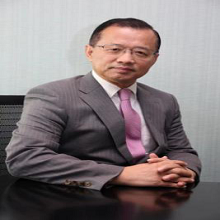

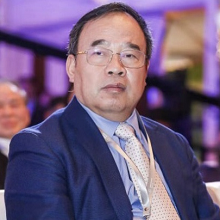

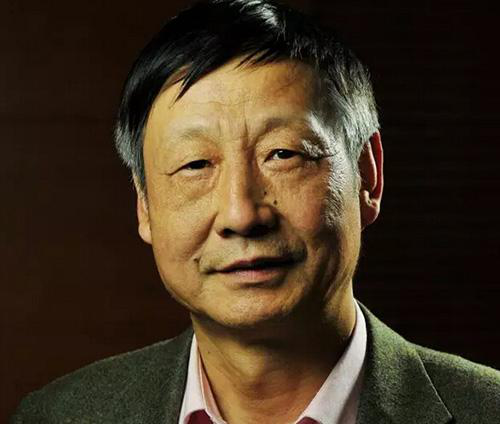
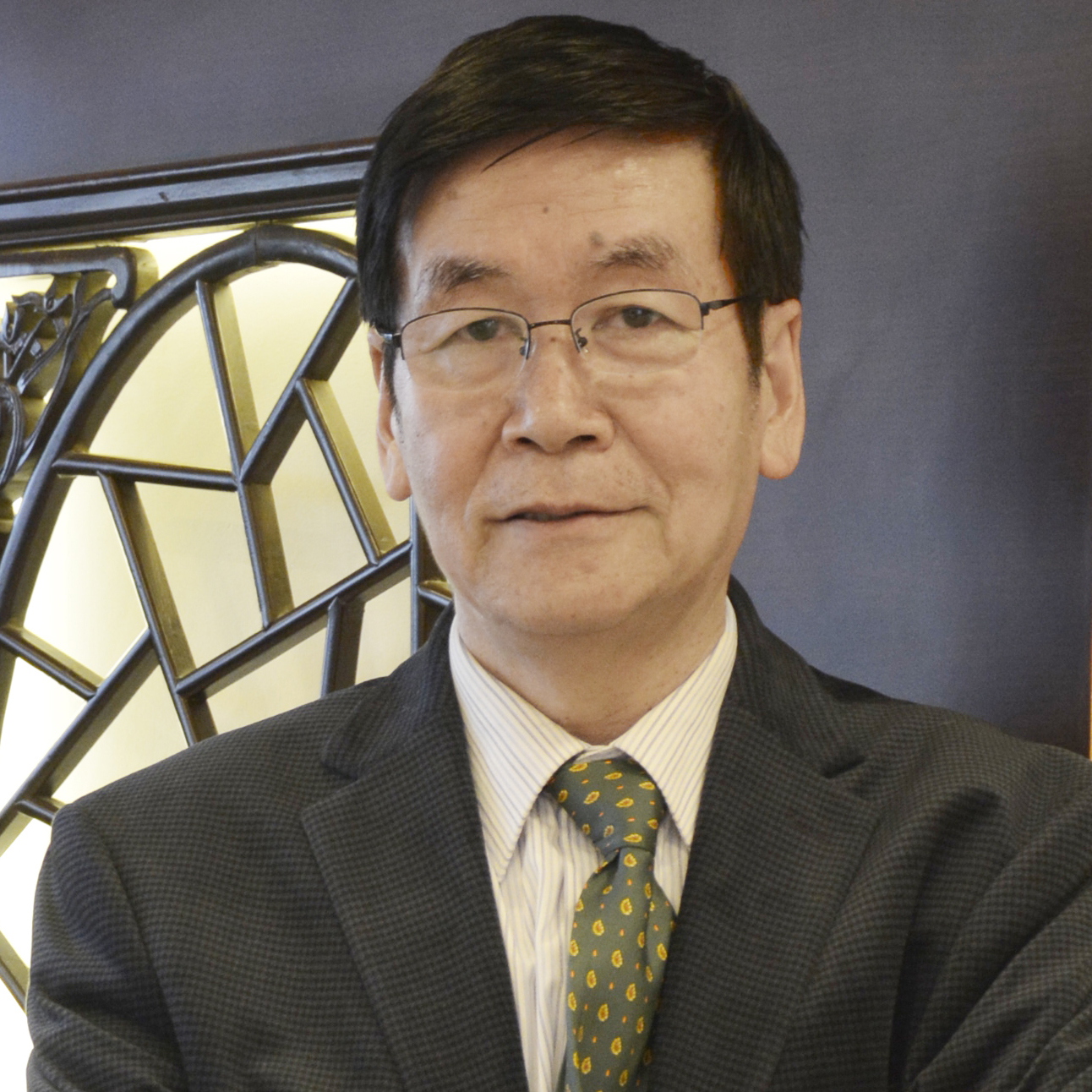
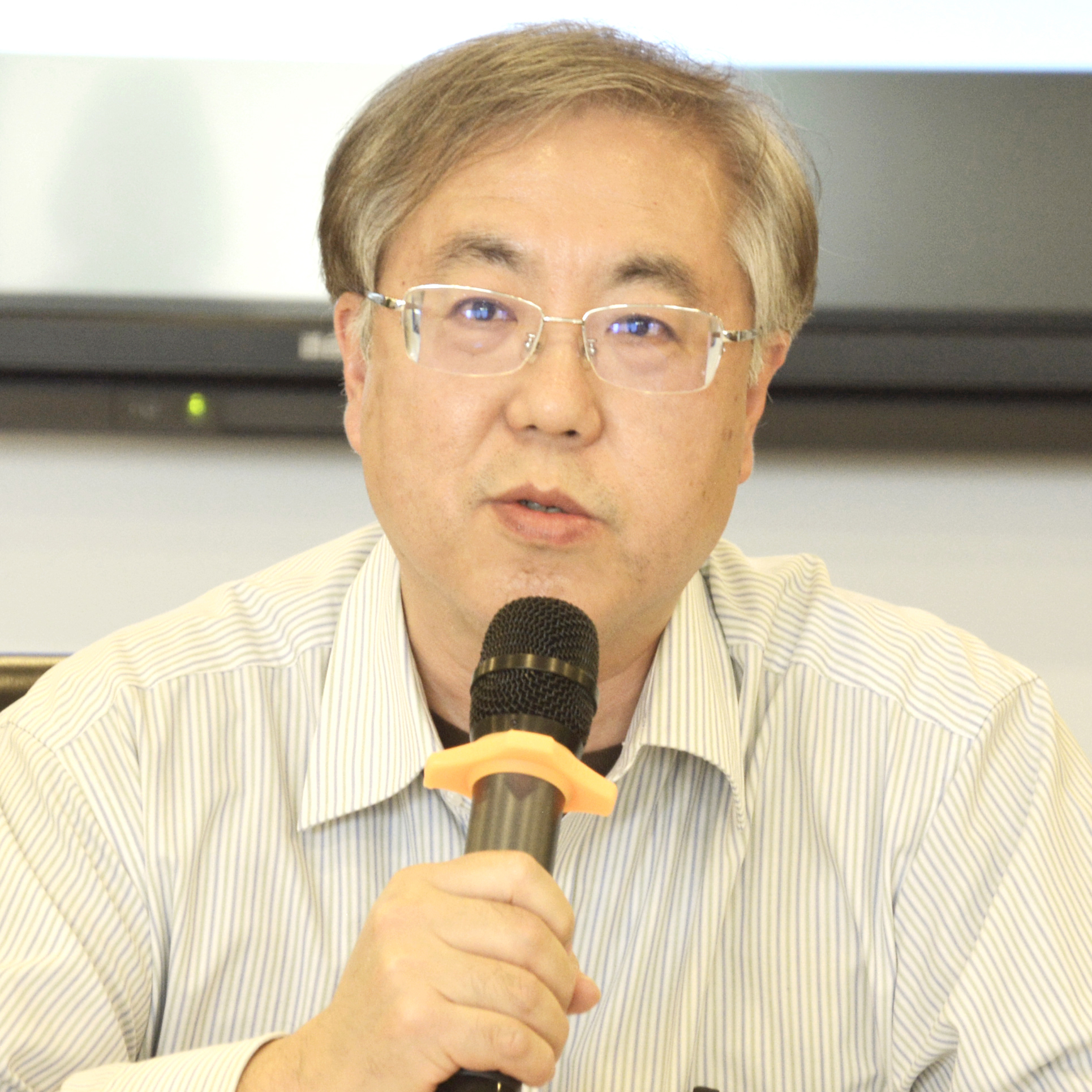

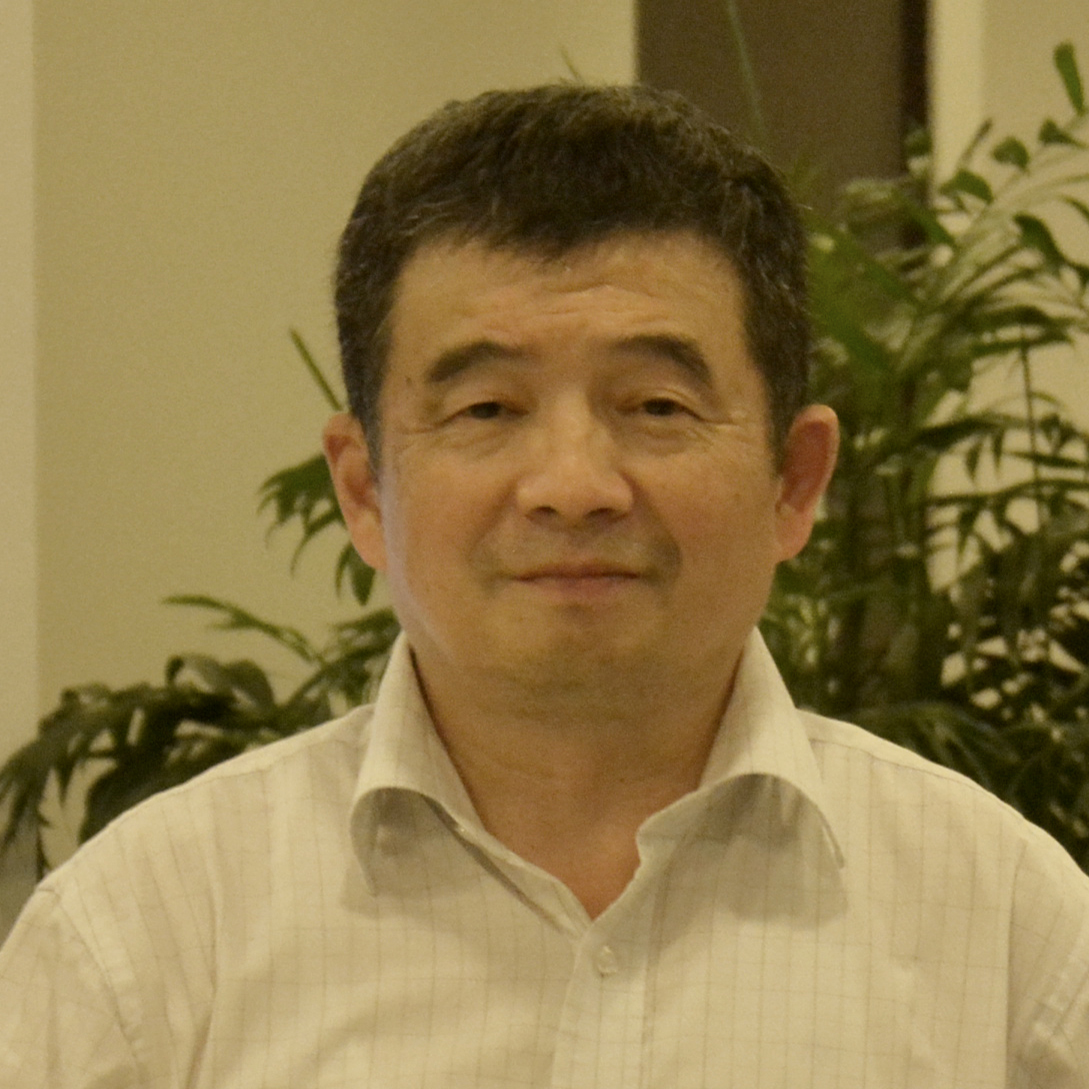
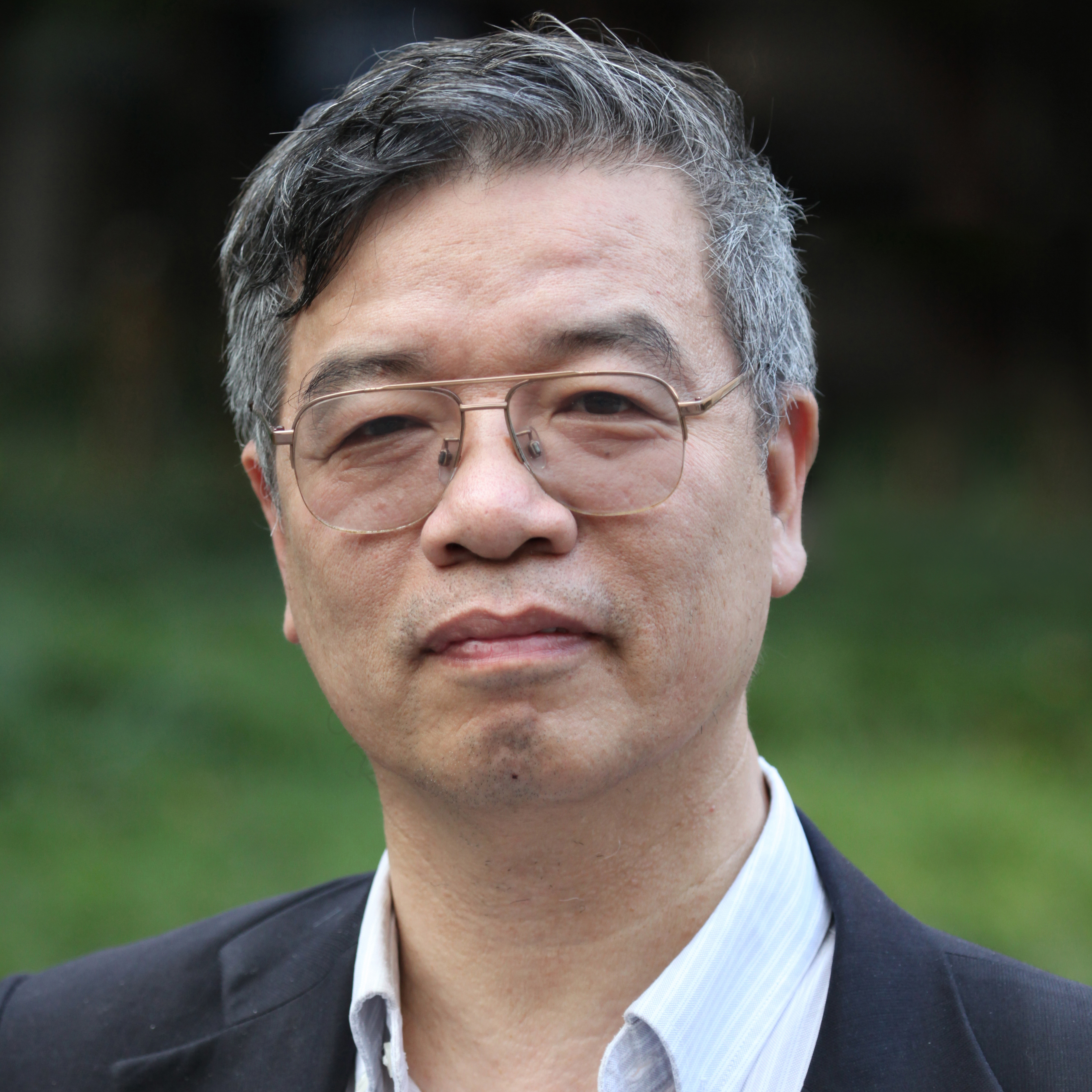

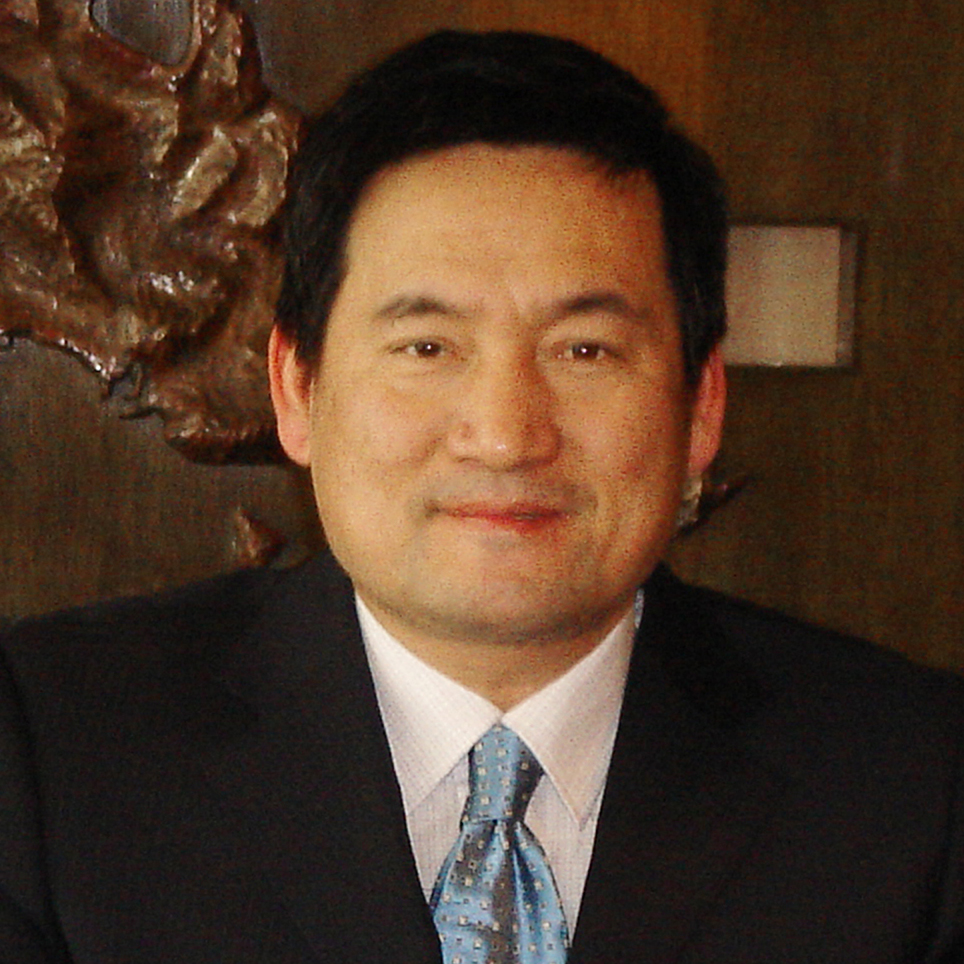






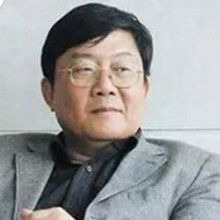

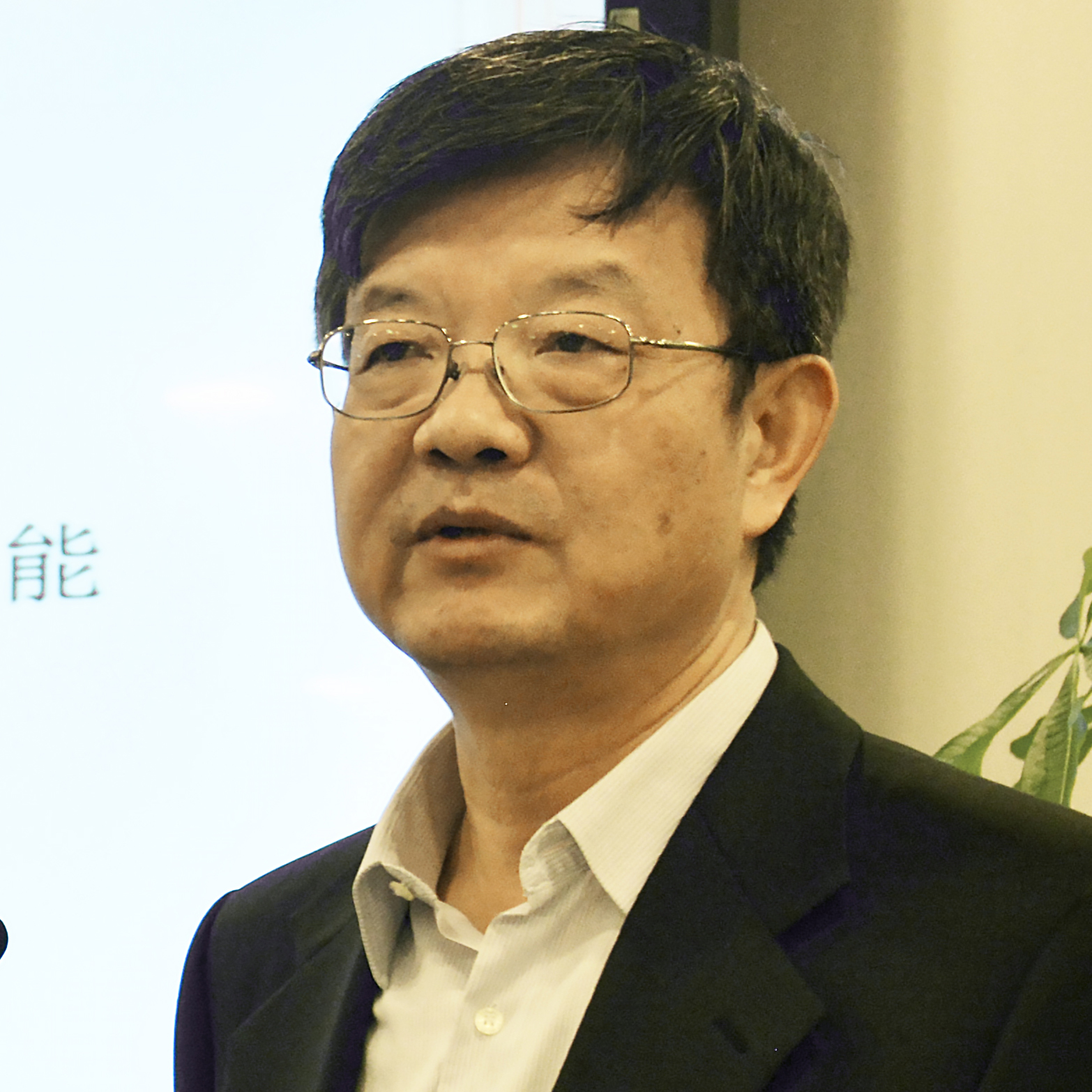
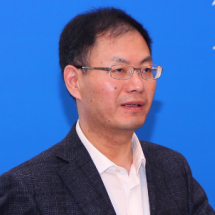

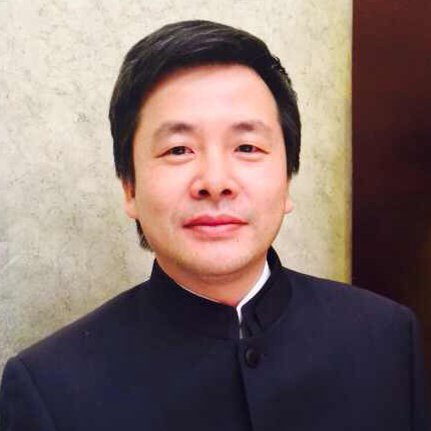
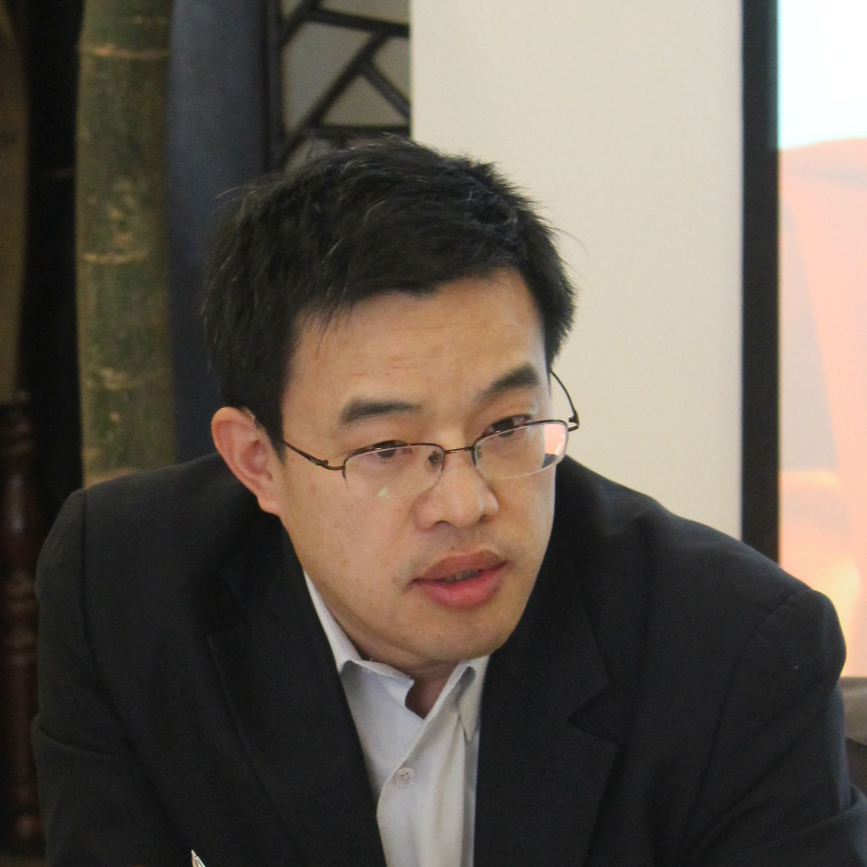
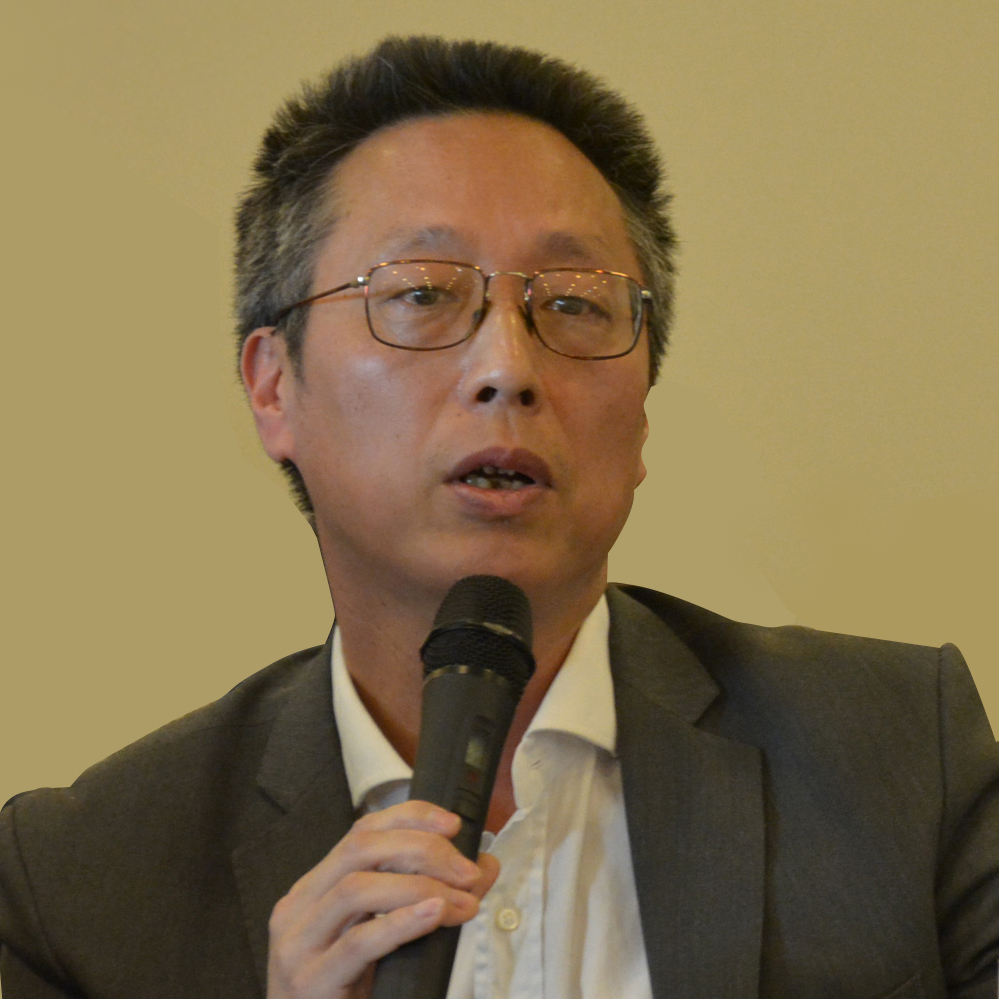
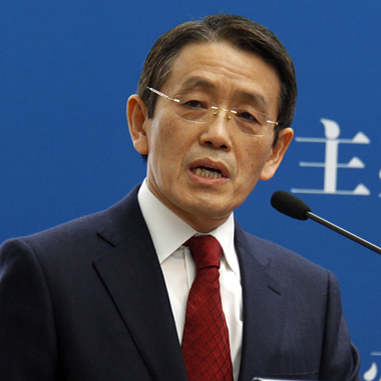

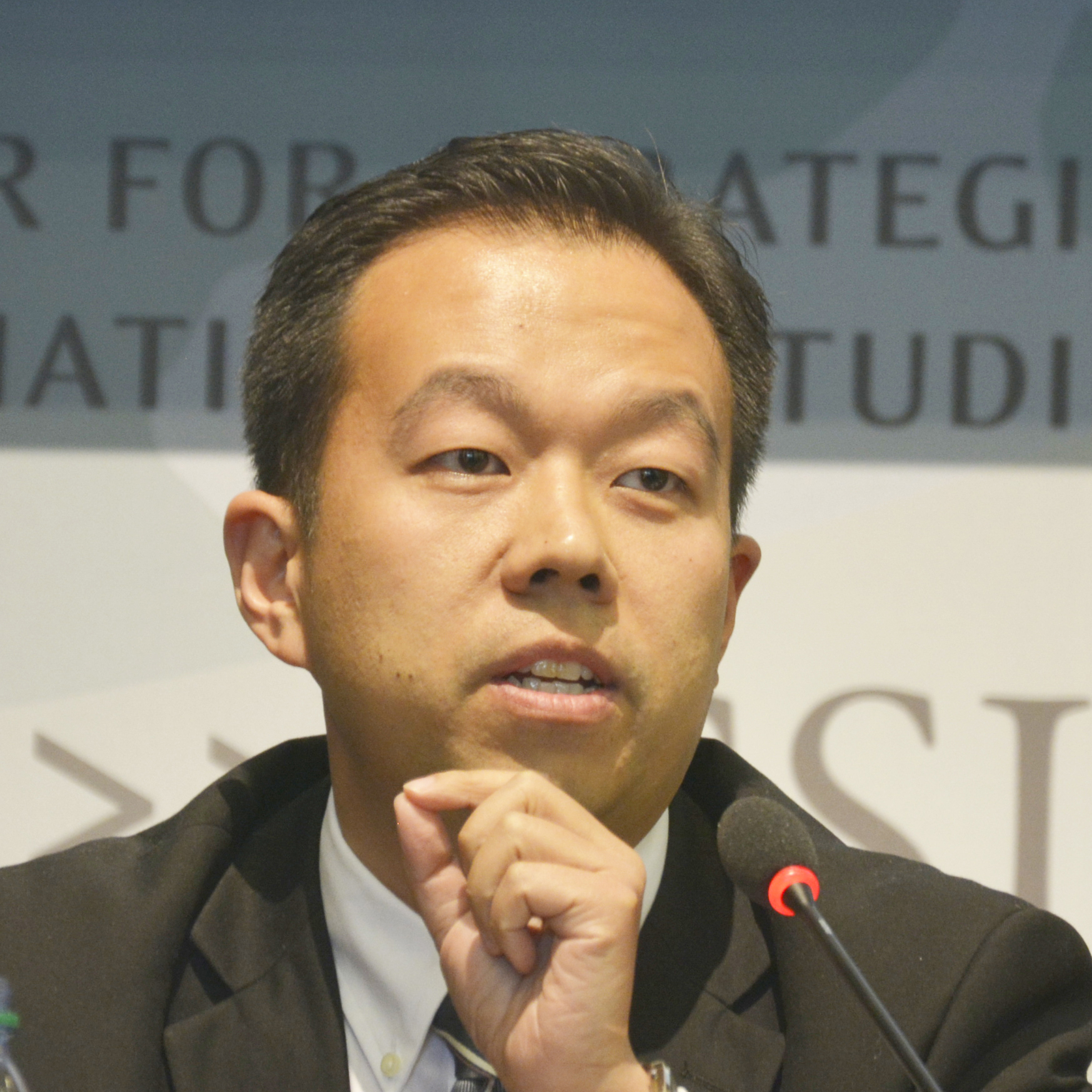

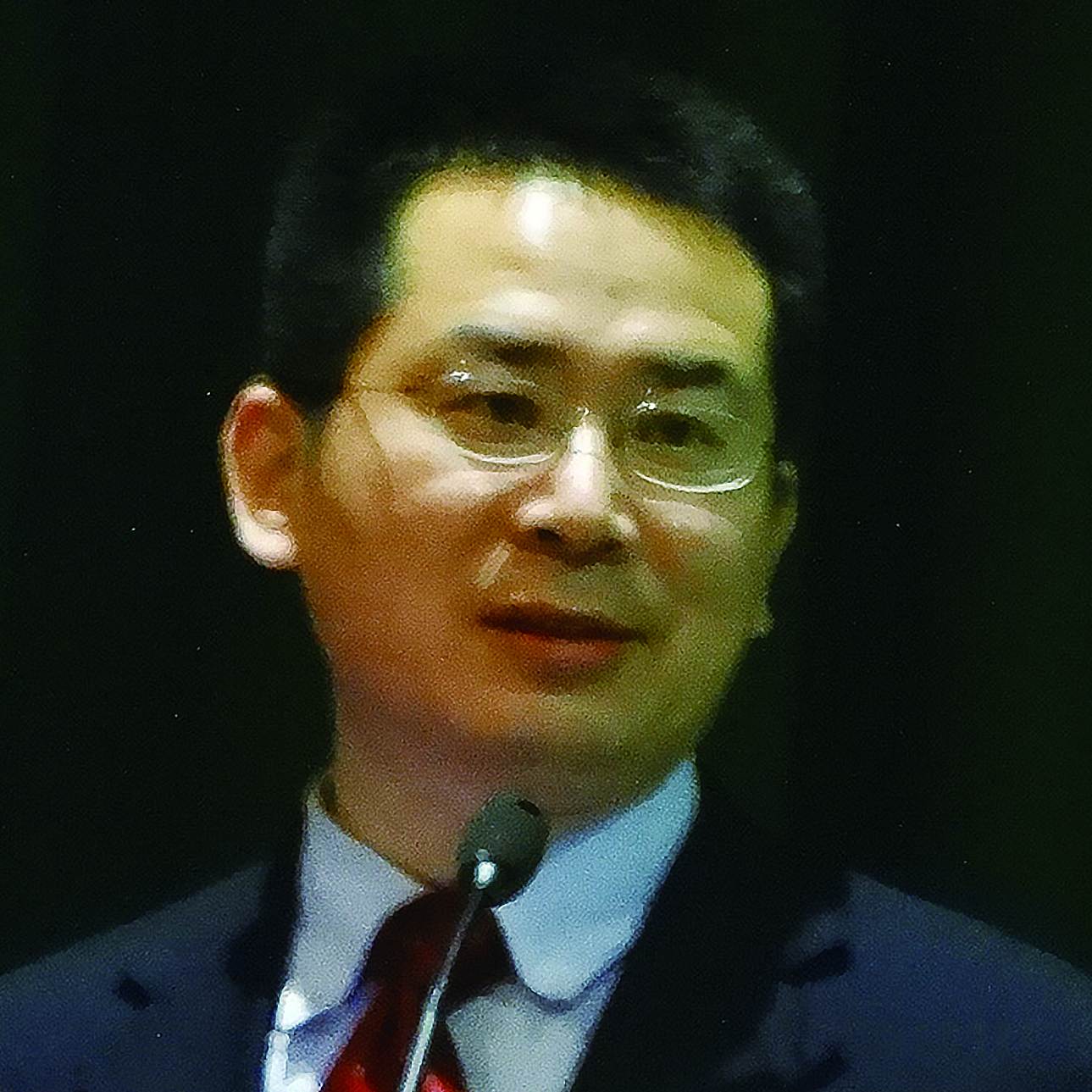
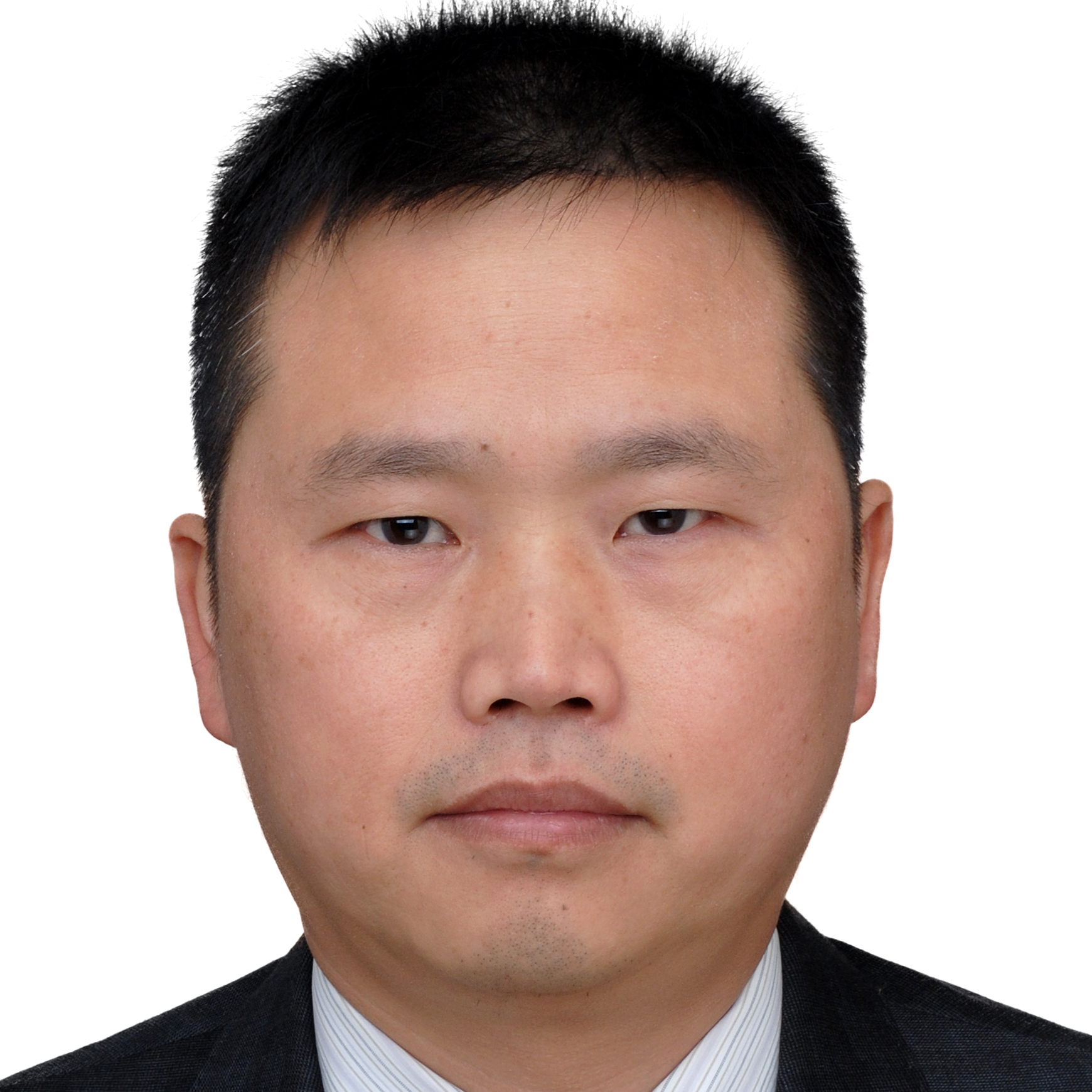







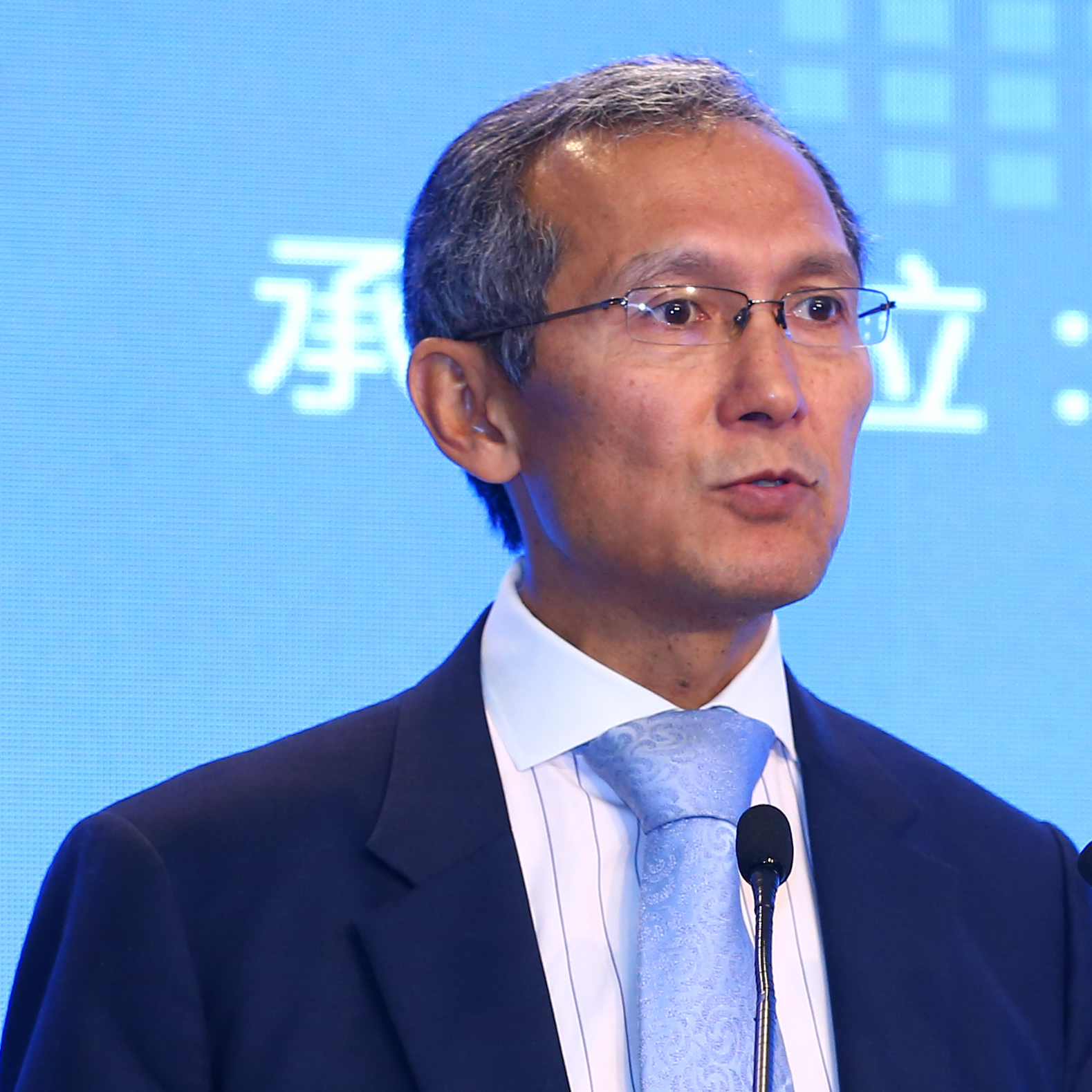




















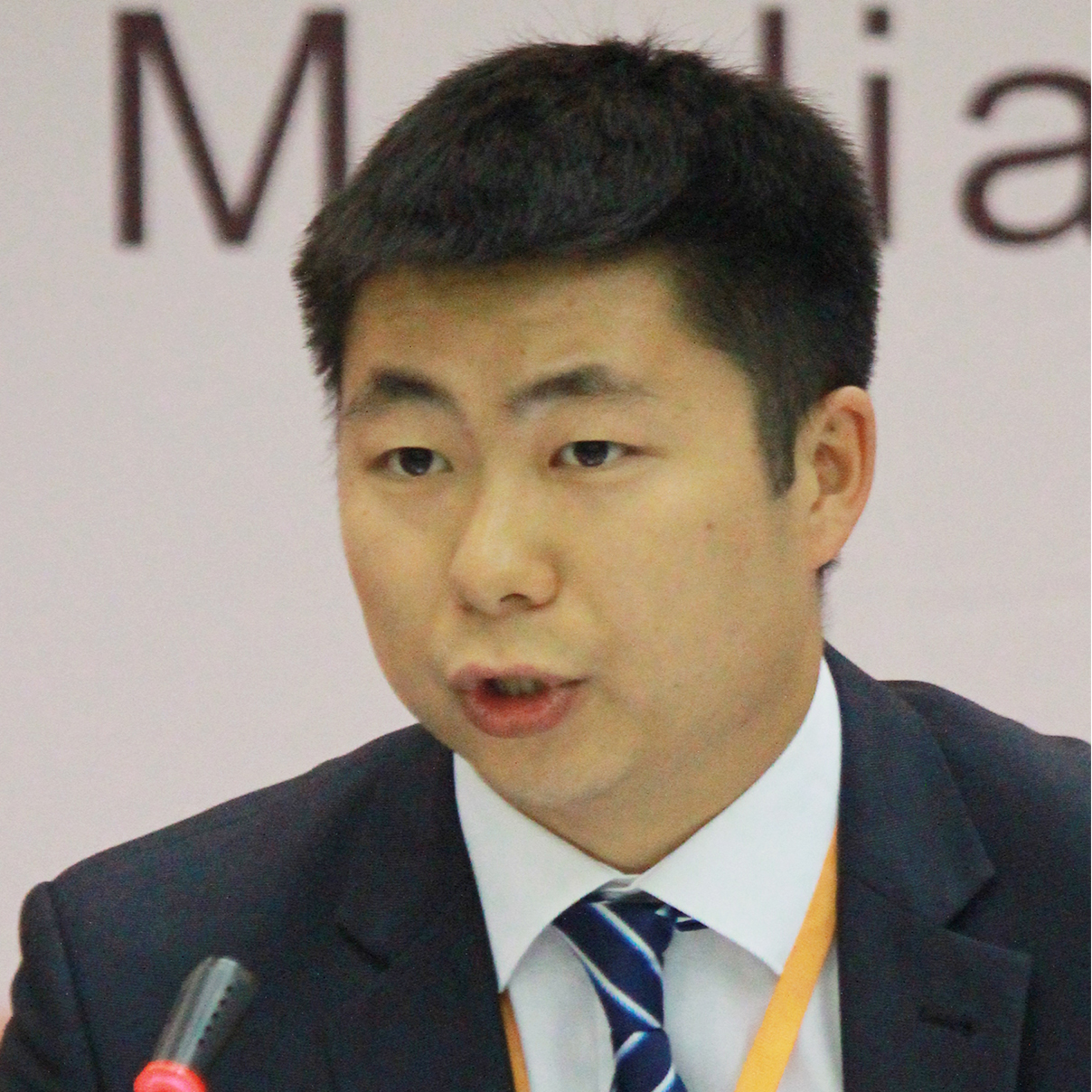

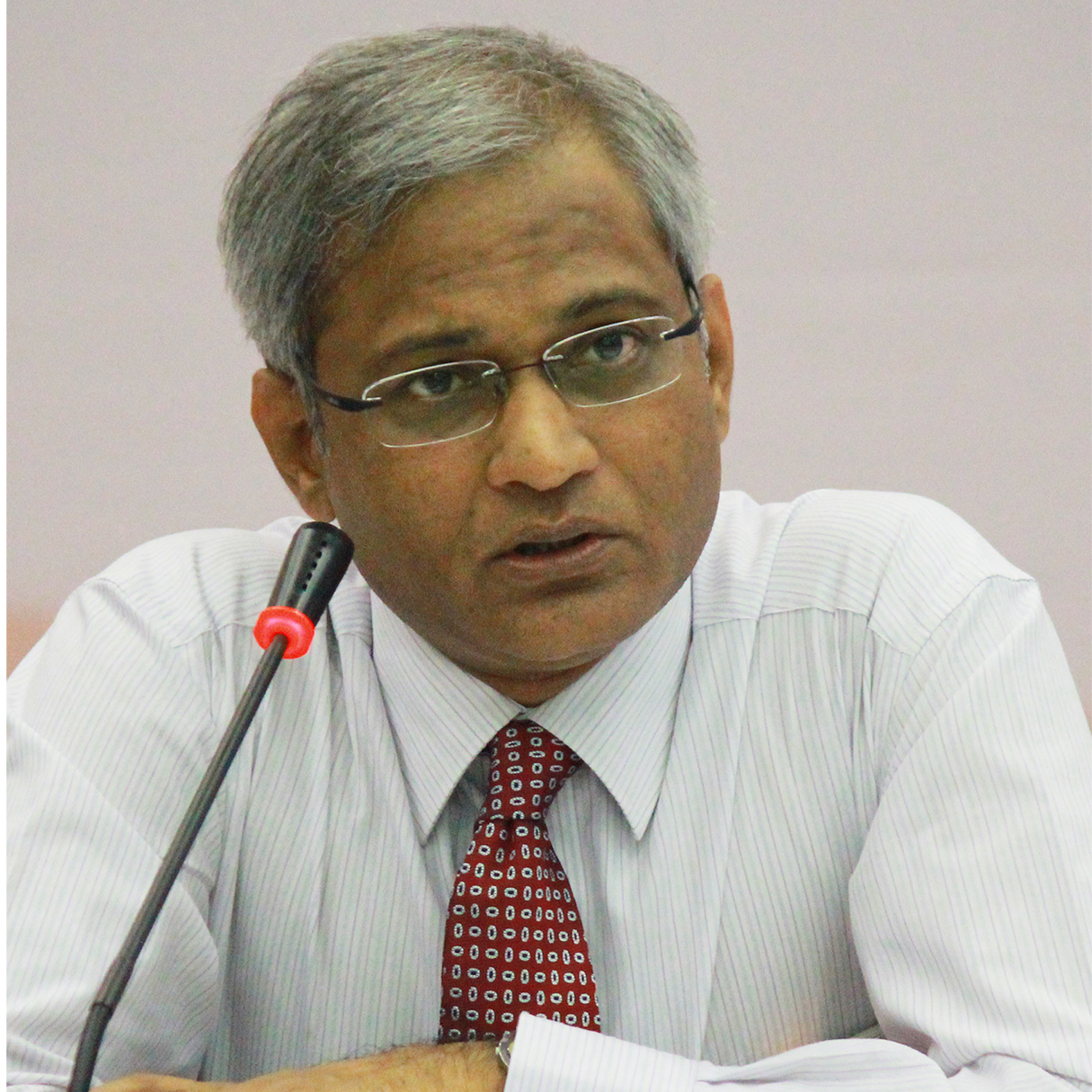
















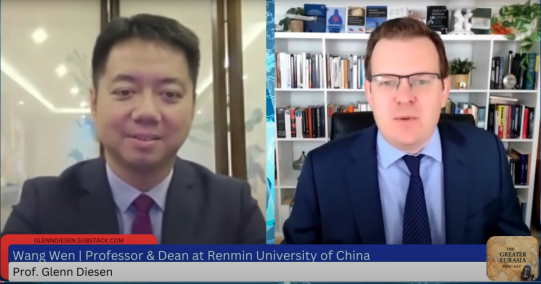
 京公网安备 11010802037854号
京公网安备 11010802037854号





